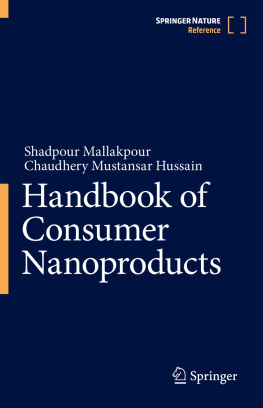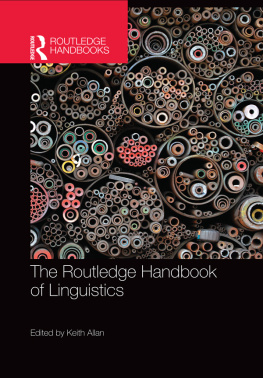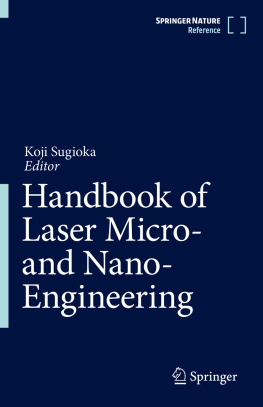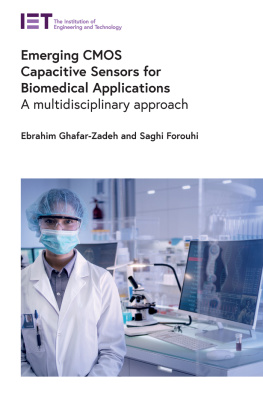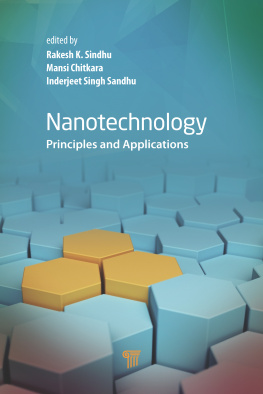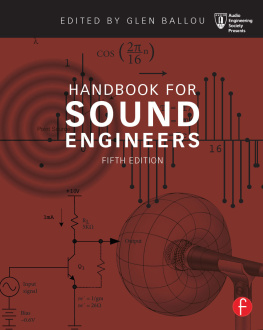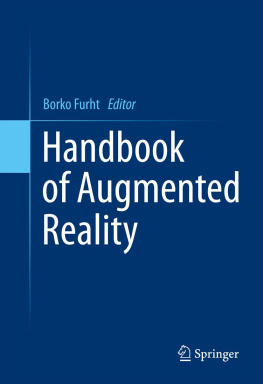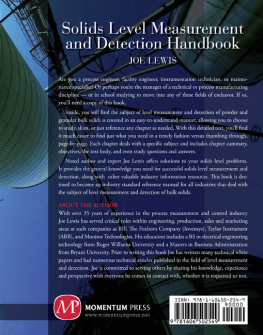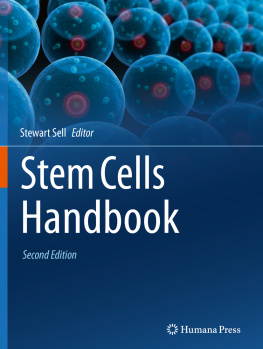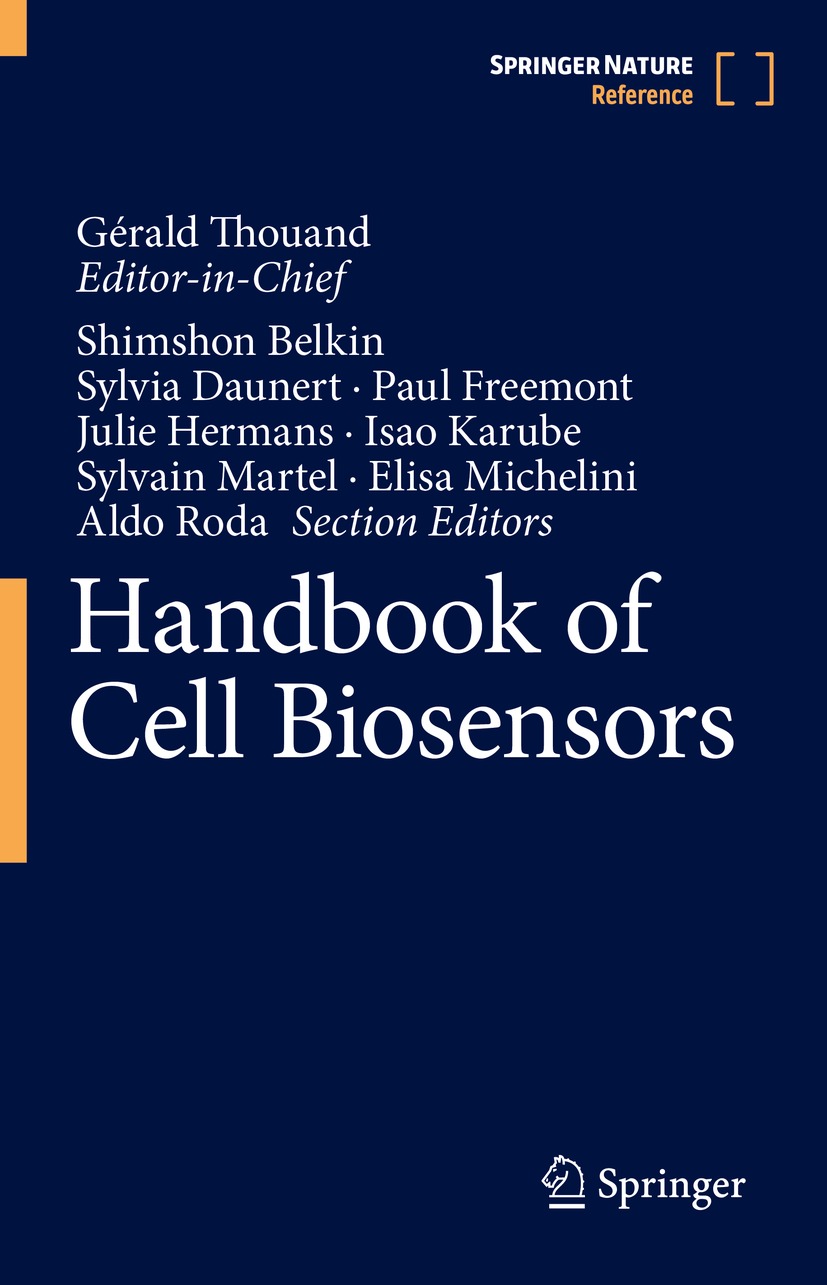Gérald Thouand - Handbook of Cell Biosensors
Here you can read online Gérald Thouand - Handbook of Cell Biosensors full text of the book (entire story) in english for free. Download pdf and epub, get meaning, cover and reviews about this ebook. City: Cham, year: 2021, publisher: Springer, genre: Science. Description of the work, (preface) as well as reviews are available. Best literature library LitArk.com created for fans of good reading and offers a wide selection of genres:
Romance novel
Science fiction
Adventure
Detective
Science
History
Home and family
Prose
Art
Politics
Computer
Non-fiction
Religion
Business
Children
Humor
Choose a favorite category and find really read worthwhile books. Enjoy immersion in the world of imagination, feel the emotions of the characters or learn something new for yourself, make an fascinating discovery.
- Book:Handbook of Cell Biosensors
- Author:
- Publisher:Springer
- Genre:
- Year:2021
- City:Cham
- Rating:4 / 5
- Favourites:Add to favourites
- Your mark:
Handbook of Cell Biosensors: summary, description and annotation
We offer to read an annotation, description, summary or preface (depends on what the author of the book "Handbook of Cell Biosensors" wrote himself). If you haven't found the necessary information about the book — write in the comments, we will try to find it.
This handbook is an interdisciplinary and comprehensive reference covering all aspects of cell biosensors. It is divided into four main sections which are led and organized by numerous international experts. The scope of coverage includes:
- Fundamentals and genetics for biosensor applications
- Transducers, Materials and Systems
- Markets, innovation and education
- Application of biosensors in business
Biosensor research is an exciting hybrid world where biologists, chemists, physicists, engineers and computer engineers come together. This handbook will serve as an invaluable living resource for all researchers in academia and industry working with cell biosensors.
Gérald Thouand: author's other books
Who wrote Handbook of Cell Biosensors? Find out the surname, the name of the author of the book and a list of all author's works by series.


